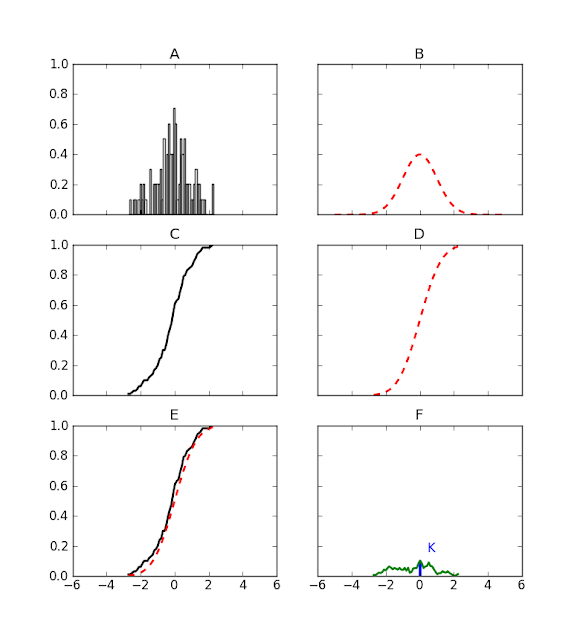First of all, installing the MySQL Data Base Management System is a straightforward process. I used Synaptic to install the mysql-server and mysql-client packages on my Linux platform. If you use Windows you can visit the download page at mysql.com.
This is an example of a simple MySQL session. The commands are self-explanatory. If you need a little bit more of a walk-through, the "MySQL Tutorial for beginners" series on YouTube is a step-by-step description of most of the commands that follow.
1. Creating a database and adding tables to it (8:49 min)
2. Adding data to tables in a database (5:49 min)
3. Selecting data from tables in a database (4:14 min)
4. Updating data in a database (3:37 min)
5. Deleting data from a database (5:46 min)
### Start mySQL
mysql -u root
### Create a database
show databases;
create database example;
use example;
show tables;
### Create a table in the database
create table users(id int(12) unsigned auto_increment primary key not null, password varchar(25) not null, email varchar(40) not null);
show tables;
describe users;
### Add the column "username" which was
### forgotten when defining the table
alter table users add username varchar(25) not null;
describe users;
alter table users drop column username;
describe users;
alter table users add username varchar(25) not null after id;
describe users;
### Populate the table
insert into users(username, password, email) values('alice', '123', 'alice@gmail.com');
select * from users;
insert into users(username, password, email) values('bob', '234', 'bob@gmail.com');
insert into users(username, password, email) values('charlie', '345', 'charlie@gmail.com');
insert into users(username, password, email) values('donna', '456', 'donna@gmail.com');
insert into users(username, password, email) values('evan', '567', 'evan@gmail.com');
### Explore the table
select * from users;
select username from users;
select * from users where id=1;
select * from users where username='charlie';
select username from users order by username;
### Change some fields
update users set email='robert@gmail.com' where username='bob';
update users set passwd='123';
### Delete some rows and columns
delete from users where username='alice';
select * from users;
delete from users where username in('bob','charlie');
alter table users drop column email;
### Delete the whole database
drop database example;
show databases;



